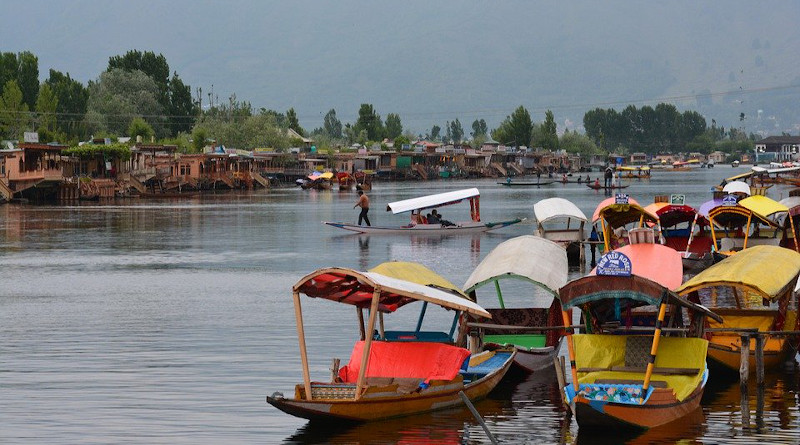Peace Through Communication – OpEd
More than ever, the people of Kashmir are furious with India for removing the state’s semi-autonomous status. After New Delhi reorganised India’s sole Muslim-majority state, crackdowns failed and might possibly grow worse as militancy increases. To avert this, New Delhi should liberate political prisoners, re-establish ties with the political class in Kashmir, and put an end to security force abuses; its allies should assist it in doing so. Disputes between India and Pakistan over Kashmir increase the likelihood of a military escalation in the area. To begin with, India should tone down its bellicose rhetoric.
An Indian Hindu nationalist administration utilised Article 370 of the constitution on August 5, 2019, to abolish Jammu and Kashmir’s semi-autonomous status as well as to alter the state’s boundaries inside the territory. Similarly, Article 35A of the constitution, which prohibited permanent residents from owning property, voting in state elections, or serving in local administration, was deleted in New Delhi. Changes to the laws on where residents of India may live were made in early 2020. India’s nationals from other areas of the country will now be able to settle permanently in Jammu and Kashmir for the first time. Locals in Kashmir believe that other government regulations violate their rights and open up the region’s resources to non-Muslim firms. People in Kashmir are furious about them because they are a part of a larger scheme to alter the ethnic, social, and religious makeup of the area.
The state of Jammu and Kashmir, which is undergoing the greatest transformation, lacks democratic supervision and citizens actively engaged in local politics. A year after the entire political class was removed from Kashmir, several well-known individuals remain imprisoned. Fear of speaking out is a common fear among those who have been released from prison. Even many who formerly supported the Indian state are dissatisfied with the BJP’s attempts to silence critics. It is unlikely that such efforts will be successful in reducing local resistance to the 5 August measures by strengthening loyal political leadership. Right now, the level of fury among the Kashmiris in New Delhi is at an all-time high. Few choices for settling the Kashmiri protests mean that more young people are likely to join indigenous separatist’s movements as the political space, civil freedoms, and security measures are restricted.
Despite the fact that India places the responsibility for the recent uptick in militancy in Kashmir squarely on Pakistani jihadist organisations like Laskhar-e-Tayyaba and Jaish-e-Mohammed, the root causes of Kashmiri insurgency remain firmly located inside the nation. Due to brutal operations and significant human rights violations, the emergence of indigenous youth-aided separatist’s movements has occurred in recent years. More young Kashmiris are being joined by separatist’s movements, as a result of Human rights violations and political suppression.
India’s BJP administration has not shown any signs of shifting its position on Kashmir. However, there may be measures to reduce tensions. According to the Indian government, it is conceivable to reclaim the region’s independence. For the time being, politicians who have been imprisoned should be released and allowed to return to their duties.
The intensity of Kashmiris freedom struggle increased after the abrogation of Article 370 and 35A of the Indian constitution. For the propagation of Hindutva ideology; Modi has further in secured by depriving them from the basic rights and by putting the political leaders, youth and locals into jails. Their voices remained unheard; international community silence means hypocrisy preferring vested and economic interests over humanity.
When the injustice prevails and voices of suppressed unheard led to the led to uprising and separatists’ movements. BJP’s led Indian government suppression of Kashmiris are the reasons behind their struggle for liberation which has grown from within. Indian claims of militancy and external support appears illogical when one takes look into the brutal and inhumane suppression of the people of land (Kashmiris).
The regional peace is associated with the peace between Pakistan and India; while the source of contention lies in Kashmir issues. To attain the stability in the region, it is pertinent that two counties establish peace through resolving the Kashmir dispute. There should be a 2003 ceasefire deal that splits Kashmir into two zones, one governed by New Delhi and the other by Islamabad. In order to establish confidence between the two nations, Track II initiatives and one-on-one meetings may be helpful.
*The author holds an M.Phil from National Defence University and freelance writer and can be reached at [email protected].

